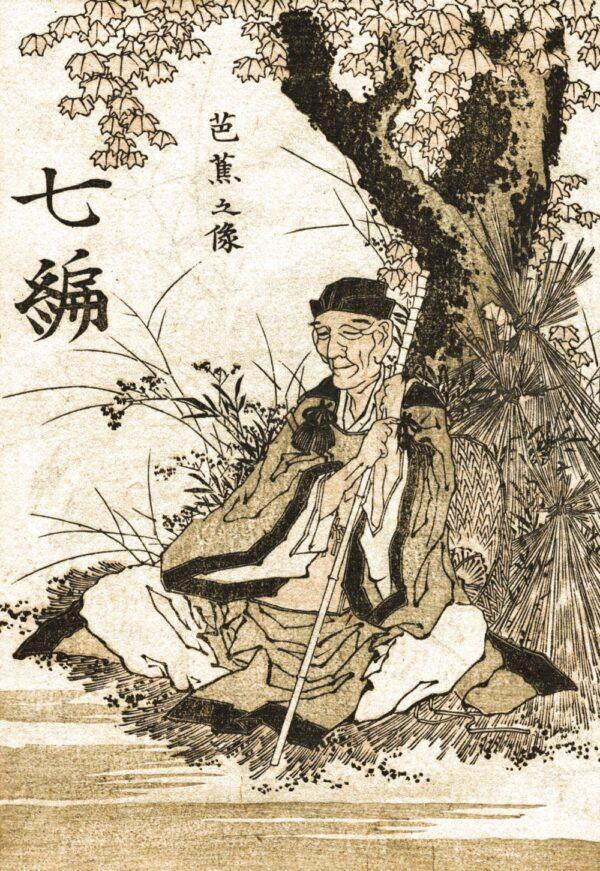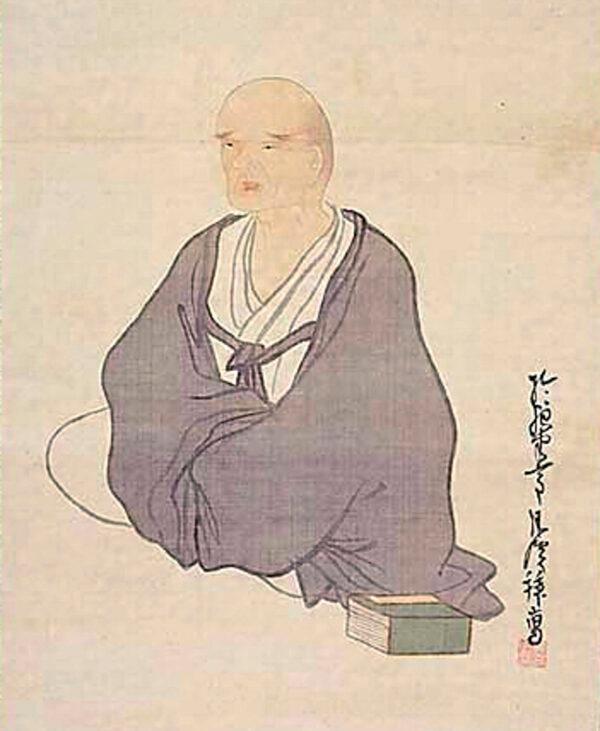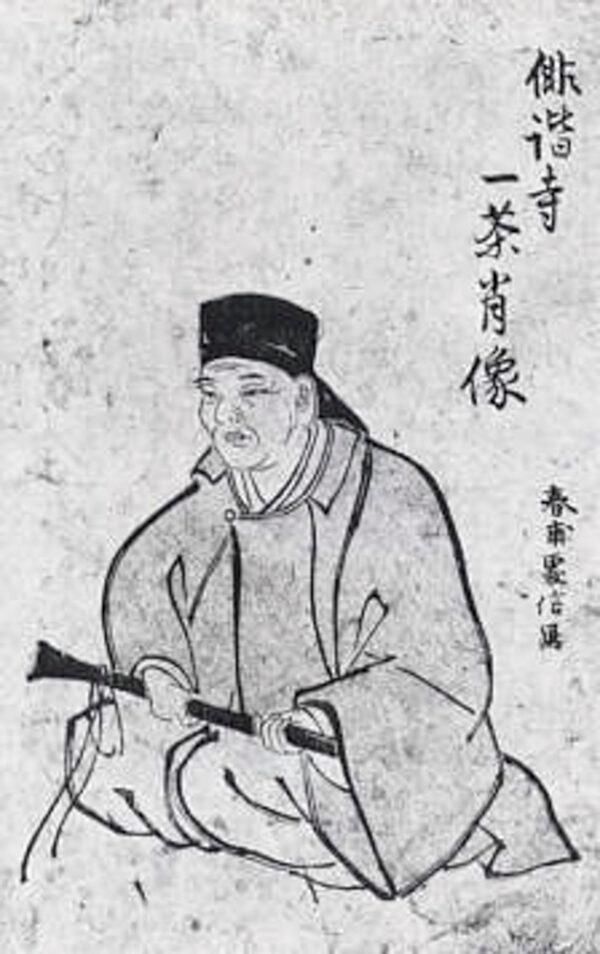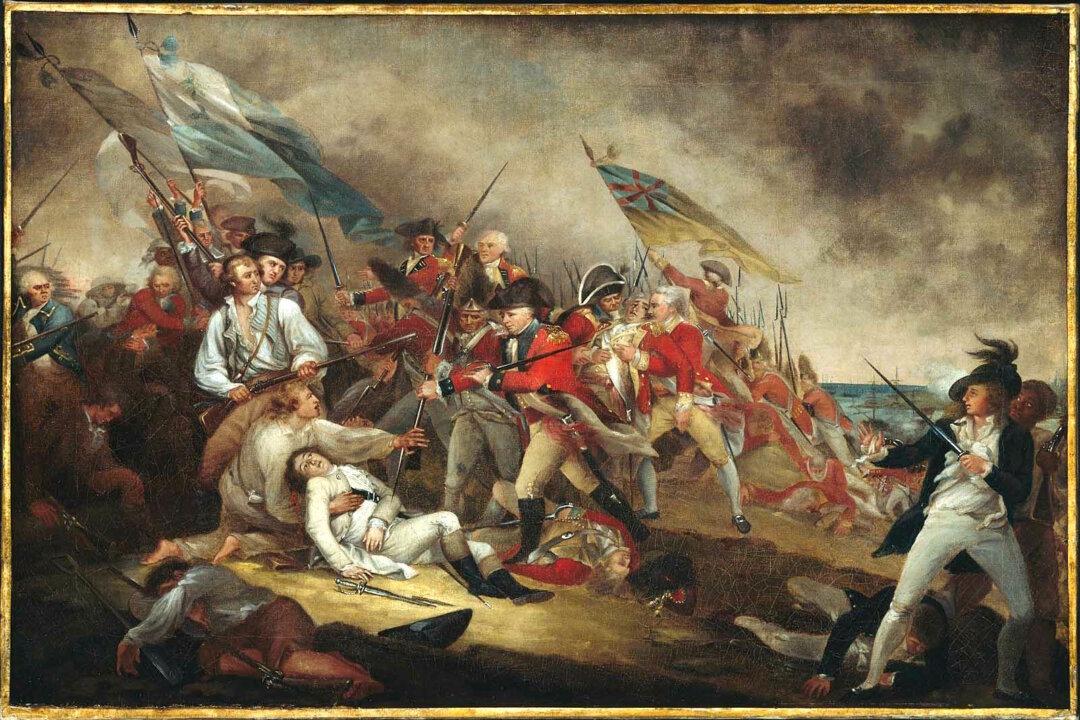The piercing chill I feel: my dead wife’s comb, in our bedroom, under my heel…
Anyone who has lost a loved one, particularly a parent, spouse, or a child with whom they lived, will immediately connect with the poem of Yosa Buson (whose original family name was Taniguchi) “The Piercing Chill I Feel.” In the days and even years following that person’s death, some object—a book in which the deceased jotted some notes, a necklace left in a drawer, a loving card given us long ago for a birthday—can shock us backward in time. Stunned for a moment by this abrupt encounter with the past, memories flood over us, and we remember—sometimes with a smile, sometimes with tears—the one so dear to us.Buson’s poem demonstrates the enormous power of haiku, that Japanese verse form in which 17 syllables are typically arranged in three lines, usually in a pattern of five, seven, and five syllables.
Masters
Of the many Japanese poets who composed haiku, four are generally recognized as the virtuosos of that art form: Matsuo Basho, Buson, Kobayashi Issa, and Masaoka Shiki. The first three wrote haiku’s cousin hokku, which were short poems introducing longer pieces. Shiki is the poet who made the leap to modern haiku, a verse standing by itself.Heat-lightning streak— through darkness pierces the heron’s shriek.
We may miss some important points when we read these masters of haiku in translation. This verse seems at first to indicate merely the passage of a season:Spring is passing. The birds cry, and the fishes’ eyes Are with tears.
Yet in the online article “Matsuo Basho’s Famous Haiku Poems,” the writer of the piece notes that “‘Spring is passing’ often means an eternal parting. The birds and fishes mean Basho and his friends.”
On the one-ton temple bell a moonmoth, folded into sleep, sits still.
Some solitary souls—I am one of you—may find this poem by Buson particularly meaningful:With nothing to do, And all alone by myself— I’ll make friends with the moon.

Mosquito at my ear— does he think I’m deaf?
And here Masaoka Shiki also writes of insects, though in this case with regret:After killing a spider, how lonely I feel in the cold of night!

Haiku Crosses the Pacific
For more than a century, English and American poets have tried their hand at haiku. Here, for example, is R.M. Hansard’s verse, which won a haiku contest in 1899:The west wind whispered, And touched the eyelids of spring: Her eyes, Primroses.
In the 20th century, many more poets in the English-speaking world found themselves intrigued by haiku, this form of verse with few words but often with the magic to set the reader thinking in a dozen different ways. Sometimes the poets obey the rules of the form, and on other occasions they shape the form to fit their purpose.All night, this headland Lunges into the rumpling Capework of the wind.
At the Haiku Society of America website, we find this award-winning piece by Amy Losak, who here composes senryu, which is a branch of haiku but with an ironic point of view:brooding over world events cicadas.
This one brought a smile, as here in Virginia we had a summer of cicadas on top of all our other problems and plagues.The apparition of these faces in the crowd; Petals on a wet, black bough.
Does it qualify as haiku? Not technically. Not in terms of the poem’s linear arrangement and syllabic count. But in its brevity, its mention of nature, and the wonderful punch it delivers, some might consider it, if not haiku, a least a sibling.A Special Thanks
The inspiration behind this article was Maria Dios, a poet and lover of haiku who wrote to The Epoch Times encouraging someone to write an article about “how fun it is to create a poem 5/7/5!”Raised in Maplewood, New Jersey—she credits her high school English teachers with encouraging her to write—Maria saw some of her work published in The New York Times before that paper discontinued publishing poetry.
A Dark Red Tulip A dark red tulip, like a glass of burgundy that is always full.
Acupuncture So many needles talking silently among themselves, as I rest.
Deep Stuff Can’t write about love, it’s too intense, yet I can’t stop remembering.
Near the end of her email, Maria wrote, “From nature, to every day, to love: I especially love haiku as it is so simple and fun, and can be composed on the spot and even done as a game with others.”Give It a Try
Why not follow Maria’s suggestion and write haiku yourself?In “Literature,” Kennedy and Gioia offer some tips for composing these short poems. “Make every word matter. Include few adjectives, shun needless conjunctions. Set your poem in the present,” they tell us, reminding us that Basho advised, “Haiku is simply what is happening in this place at the moment.” They also remind us that haiku concerns itself with “what can be seen, heard, smelled, tasted, or touched,” but it must also “make the reader feel something.”
Following My Own Suggestion
For three years, I wrote poetry, many sonnets but other forms as well. Several of these found a home in different magazines, but in general I was writing for me. Maria is absolutely spot-on about poetry being mystical, pleasurable, and offering discovery. Eventually, I stopped writing poetry—I’m not sure why—but I still remember how glorious it felt carrying a poem not just in my pocket but in my head, tinkering with it, wanting to sculpt the lines to perfection, chipping away and adding back to the poem.Cool Virginia night And here I sit at my desk Drinking poetry.
Jeff Minick has four children and a growing platoon of grandchildren. For 20 years, he taught history, literature, and Latin to seminars of homeschooling students in Asheville, N.C. He is the author of two novels, “Amanda Bell” and “Dust On Their Wings,” and two works of non-fiction, “Learning As I Go” and “Movies Make The Man.” Today, he lives and writes in Front Royal, Va. See JeffMinick.com to follow his blog.





